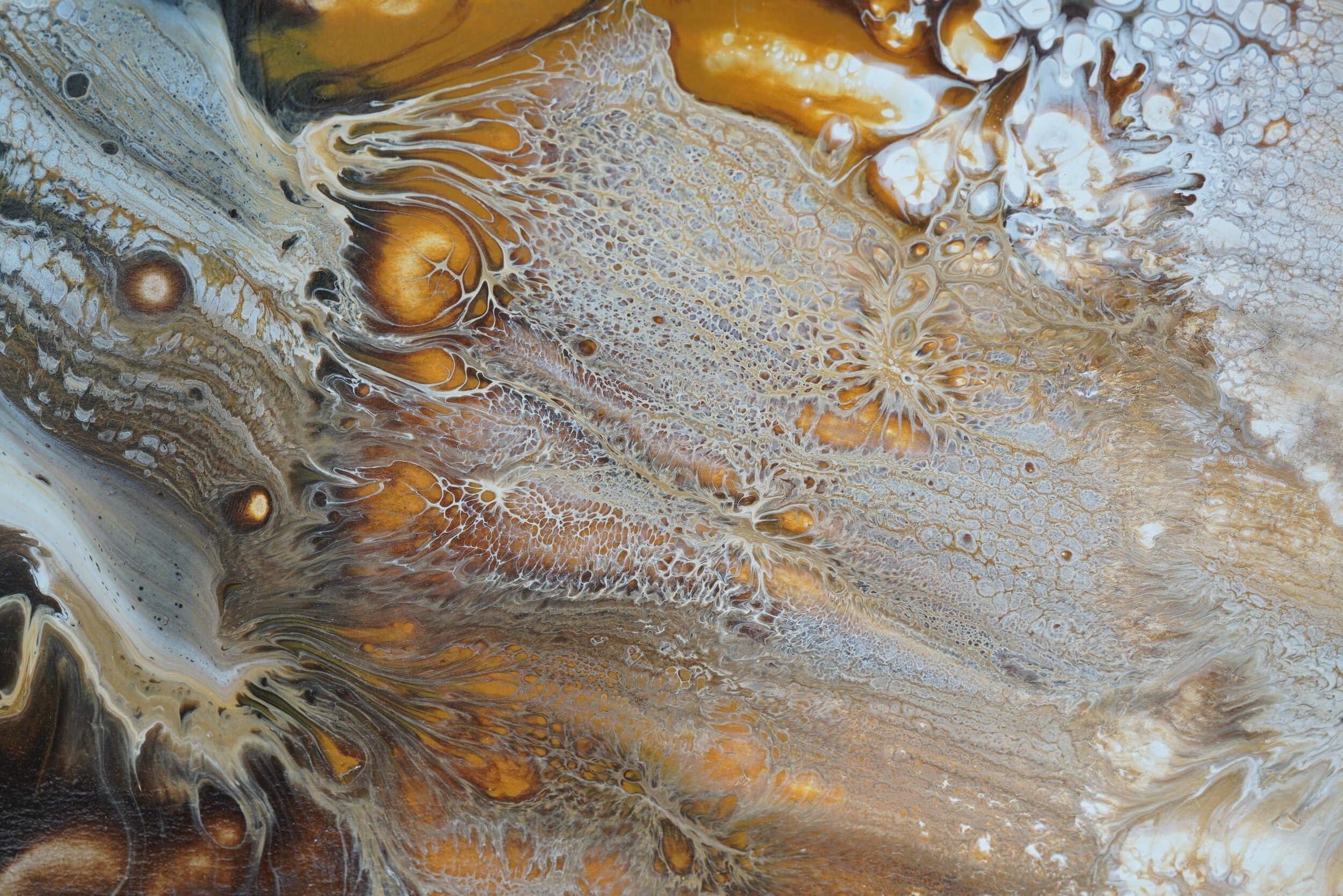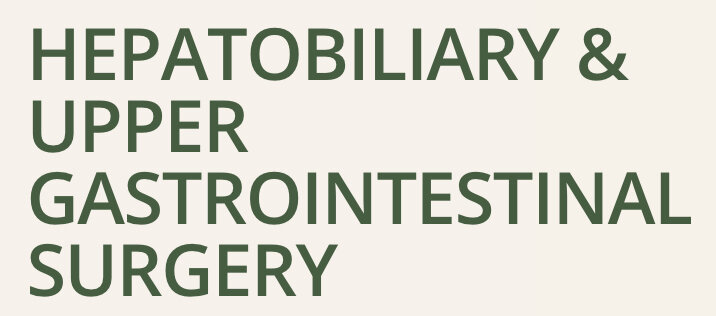
Laparoscopic Hiatus Hernia Repair and Fundoplication
What is a Laparoscopic Fundoplication?
A laparoscopic fundoplication is an operation commonly used to treat gastroesophageal reflux disease (GORD) or oesophageal hiatus hernias. The surgery tightens the junction between the oesophagus and the stomach to prevent acid reflux. The oesophagus is the tube between your mouth and stomach and is a part of your gastrointestinal system.
What is a hiatus hernia?
An oesophageal hiatus hernia occurs when the lower part of the oesophagus, a part of the stomach or both, move through the diaphragm (a dome-shaped muscular partition between the cavity of the chest and the cavity of the abdomen) into the chest cavity. This causes the oesophageal sphincter to fail allowing the flow of acid or food back into the oesophagus. These conditions affect many areas of life – from what and when you eat, to how well you sleep.
Who will need this surgery?
Sometimes, you can find relief from acid reflux symptoms with medication or lifestyle changes. If symptoms continue despite non-invasive therapy, your healthcare provider may recommend a fundoplication and/or repair of hiatus hernia surgery.
What happens during the operation?
• Once you have been formally admitted, a nurse will show you to a cubicle and ask you to change into a white hospital gown.
• You will then be positioned and made comfortable on a hospital trolley. An anaesthetist will then insert an intravenous cannula (needle) into your hand or arm. This will be used throughout the operation to administer your general anaesthetic.
• You will then be taken through to the operating suite and positioned on a hard table. A nurse will attach you to specific equipment used to monitor your blood pressure and heart rate throughout the operation.
• A general anaesthetic will then be administered through the needle in your arm. Once asleep, your operation will begin.
• Four or five small cuts are made in the abdomen to allow the surgeon to insert a laparoscope, and surgical tools. A laparoscope is a narrow telescopic video camera passed through a very small cut in the abdomen. It allows the surgeon to view magnified images of internal organs on a video monitor.
• The benefit of a laparoscopic procedure, is that the surgeon does not need to open the body cavity, and there are smaller surgical cuts usually resulting in less pain and a decreased hospital stay.
• The surgeon then wraps a top portion of the stomach around the lower oesophagus and sutures (surgical stitches) it into position. This reinforces the sphincter in the oesophagus and is effective in controlling reflux.
• If a hiatus hernia is found to be causing the problem, the hernia contents will be reduced and the oesophageal hiatus will be tightened with stitches.
• For a variety of reasons the surgeon may need to convert the procedure to an open approach, in which a larger incision/cut (as mentioned above) on the abdomen is needed to complete the operation.
What to expect after your operation
• You will be taken to the recovery room where a nurse will monitor your heart rate, blood pressure and level of discomfort.
• Once you are awake and pain free, a nurse from the ward will come and collect you. You will then be transported to the ward where your nurse will continue monitoring your heart rate, blood pressure and level of discomfort for four hours. During this time you will be required to rest in bed. Fluid will be administered through the needle in your hand, ensuring you are kept well hydrated.
• You will not be able to eat or drink (nil by mouth) because it is vital that you do not vomit after your operation. Vomiting can damage the suture repair around your stomach. You will have a nasogastric tube going into your nose and down your oesophagus into your stomach. This narrow tube is in position to keep your stomach empty and also prevent vomiting. Your regular medication and fluids to prevent dehydration will be given to you via an IV drip. It is very important that you tell your nurse if you are experiencing nausea. You will given regular anti-emetics, to reduce the risk of you experiencing nausea and prevent any vomiting.
• Your nurse will continue to monitor your heart rate, blood pressure and level of discomfort throughout the night. You will be given pain killers regularly to ensure you remain comfortable.
• The day after your surgery you will have an x-ray to check the filling and emptying of your stomach. Once the x-ray has been reviewed, your doctor will decide whether you can tolerate fluids orally and have the nasogastric tube removed. Your nurses and doctor will monitor the amount of fluid that you drink and the amount of fluid you urinate to ensure proper hydration. You will be commenced on liquids at first, and then progress to a solid diet.
• The hospital’s dietitian will visit you before your discharge to discuss what to eat and drink on your return home. It is essential to your well-being that you speak to the dietitian before you leave the hospital, as you will go home on a modified diet. This will involve you only eating a puree diet for ten days.
Activity
• To help prevent you from getting a chest infection or blood clots in your legs, you will be sitting out of bed the morning after your surgery and walking short distances around the ward.
• Your nurse will also be encouraging you to take regular deep breaths and perform coughs. This all helps to avoid chest infections, which can potentially occur after any general anaesthetic.
• Depending on your surgery, the doctor may prescribe daily or twice daily injections which slightly thin the blood to reduce the risk of blood clots forming in the body.
• The nurse will fit you with some white compression stockings called TEDS, these stockings help to reduce the risk of blood clots in the legs by increasing the blood flow through the legs.
• Your doctor will let you know when you can return to your work or normal activities.
Pain Management
• It is expected that you will experience some discomfort after your operation. Your nurse will assess your pain and provide the appropriate pain medication to keep you comfortable.
• It is important that you have enough pain relief so that you can walk and move around and take deep breaths with minimal discomfort after your operation.
• Gentle walking and deep breathing exercises are important after an operation and reduce your risk of getting blood clots, oxygenate the body and to reduce your risk of getting a chest infection.
At Discharge
You will have a with a follow up appointment scheduled for you in the surgical outpatients clinic to review your recovery. You may resume your normal activities, as you feel able. Pain relief medication will also be provided as required.
This information is intended as a guideline only. If you have any further questions or concerns, please ask your doctor.

